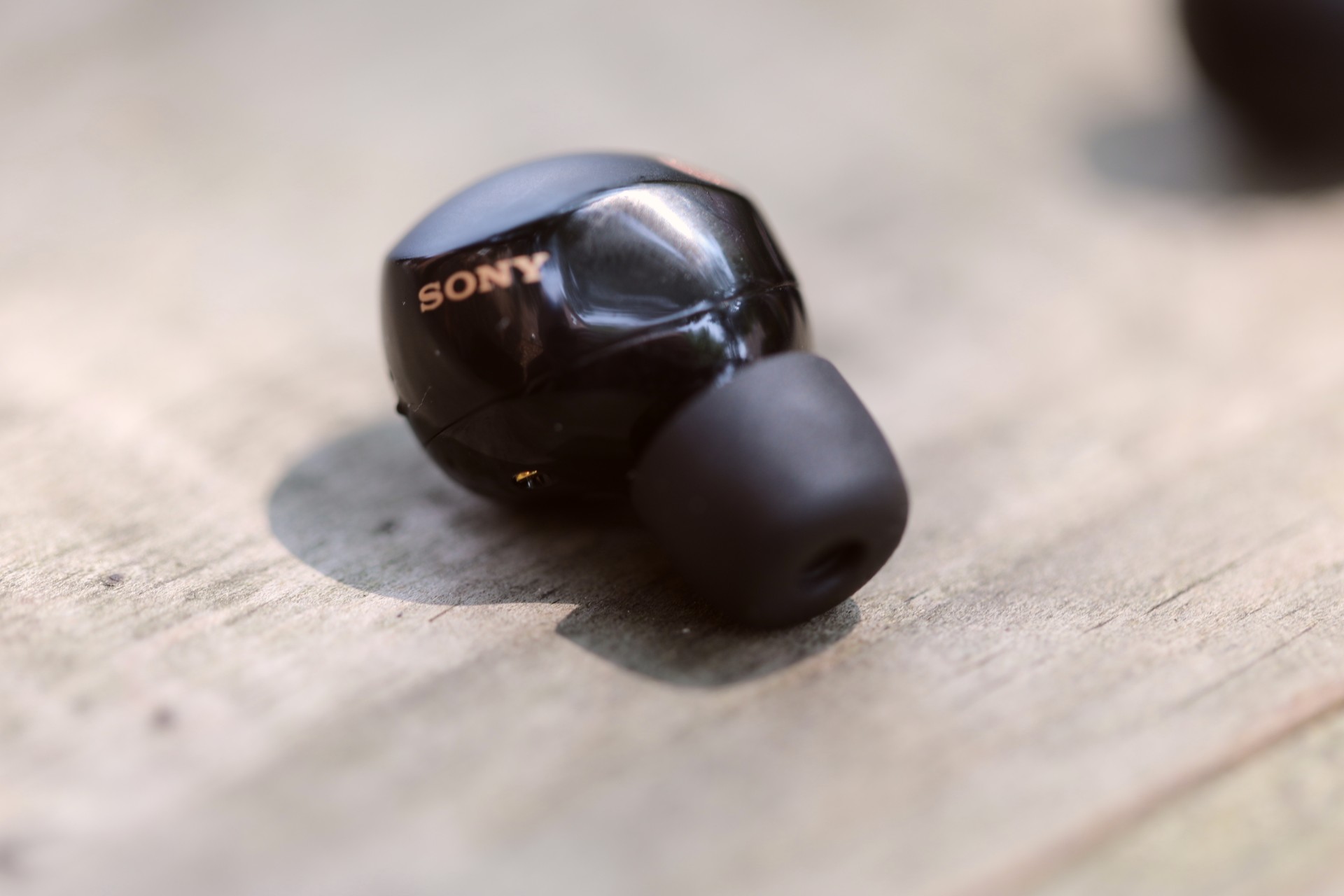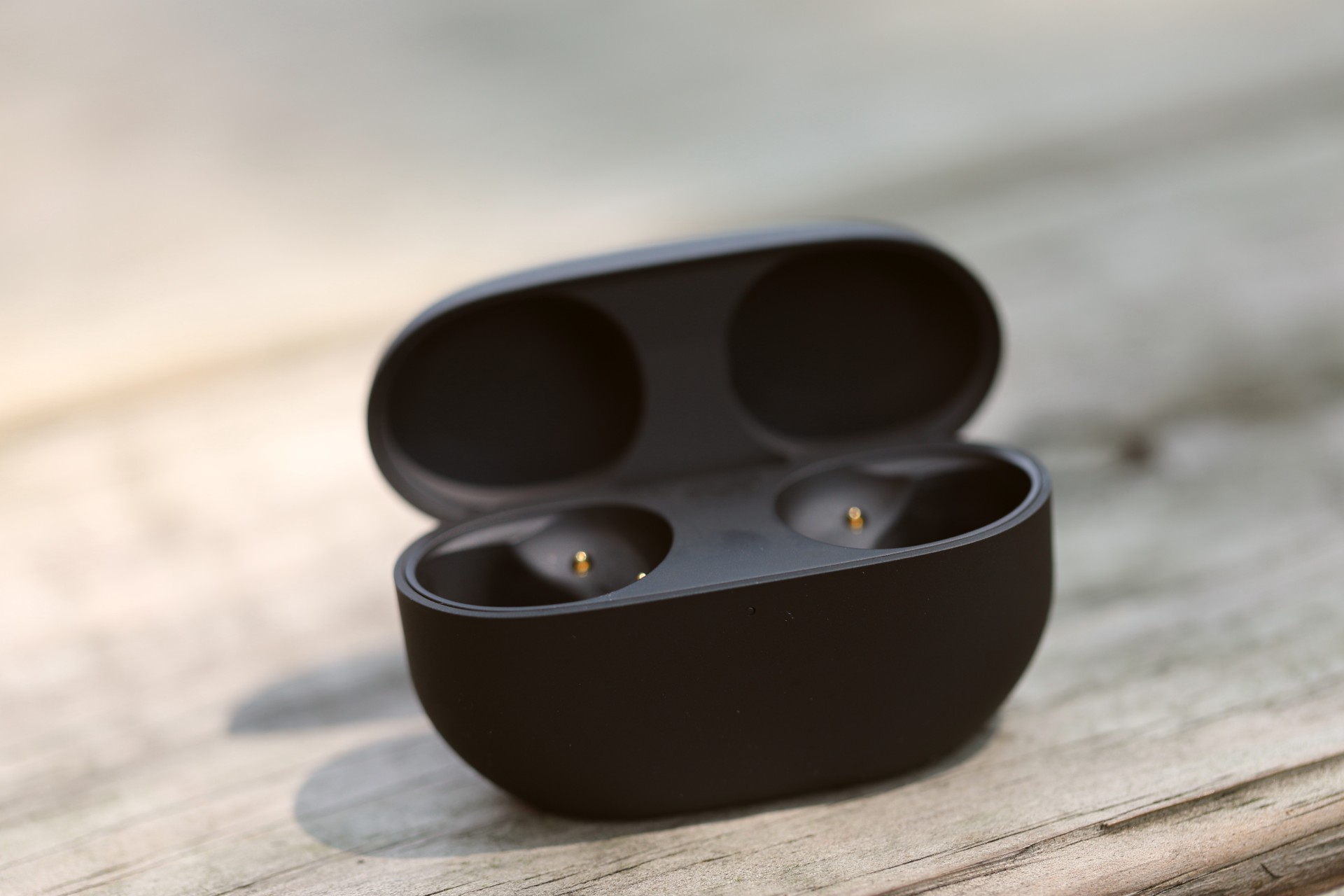Sony WF-1000XM5 earbuds review
I have two stock answers whenever someone asks me which earbuds to buy. The first answers the question with another question: Who made your phone? Like flagship smartphones, fully wireless earbuds are pretty good across the board — and the category managed to get there in record time. Headphones often operate best with other devices from the same manufacturing, due to feature sets and first-party silicon.
The second answer is, simply: Sony. The company has an uphill battle in one very important sense: terrible smartphone market share. Outside of its native Japan, the Vaio is largely non-existent. The high end is dominated by a handful of companies like Apple and Samsung, and the company hasn’t done much to distinguish itself. Nor is it a match for the numerous Chinese smartphone bigwigs. It’s a disservice from what have been some truly excellent earbuds.
I test a lot of headphones from a lot of headphone makers, but for my own day to day use, I keep coming back to Sony. That applies to earbuds and over-ear headphones alike. They sound great, have great balance and are generally comfortable. If you’ve seen me on an airplane or been in a virtual meeting with me over the past few years, you’ve almost certainly seen me in my WH-1000XM5s. If you’ve run into me on the street, I probably had the LinkBuds S in my ears.

Image Credits: Brian Heater
Those specific headphones have won out for me for two different reasons. The WH-1000XM5 sound great. That’s not to say the LinkBuds S don’t sound very good — not at all. But it’s the comfort level that trumps the competition. It’s not too hard to find a pair of comfortable over-ears. Earbuds, on the other hand, are significantly trickier. I know a lot of people who can’t wear them at all. I’m sympathetic to that. I’ve had comfort issues in the past.
It’s fairly subjective, of course, but man, the LinkBuds S feel and fit great. I’ve since been convinced that were Sony to fit the sound architecture of the WF-1000XM4 earbuds into the LinkBuds S body, it could trounce the competition. When word started leaking out about the WF-1000XM5 I got excited. As a music obsessive, testing good headphones is one of my favorite parts of the job, and Sony seems on the cusp of hitting that perfect sweet spot.
I say with some disappointment that the WF-1000XM5s aren’t my dream headphones — although Sony has done a great job significantly reducing the size of both the buds and case since the awkwardly shaped WF-1000 back in 2017. The M5s are 25% smaller and 20% lighter than the last gen, according to Sony. Definitely an improvement, though the latest addition to the line just can’t match the LinkBuds S in terms of fit and comfort. For starters, they’re larger and — as such — don’t lie flush. They jut out a bit more and don’t anchor as well, making them suitable for walking around outside. If you’re looking for active lifestyle headphones, probably look somewhere else.

Image Credits: Brian Heater
If you’re looking for the best-sounding pair of earbuds on the market, however, you may have found them. The WF-1000XM5s are fantastic and well balanced. They handle a wide range of different genres with aplomb, from ambient to hip hop. The latter brings a rich bass experience that doesn’t overwhelm the rest of the frequencies on board. You still can’t beat over ears when it comes to a full and immersive headphone experience, but what Sony has done with these buds remains impressive.
The company bucked the trend of loading up SoCs with as much functionality as possible. The jump from the V1 to V2 chip drops on-board noise canceling. Instead, it’s opted to build a standalone chip for ANC, called the QN2e. I will confess that I’m not a silicon expert, but Sony says the decision has allowed it to separate focus on controlling the six-mic array for measuring ambient noise. I certainly can’t argue with the results.
We’re still a ways off from full ambient noise cancelation, but the on-board is still excellent, masking the flood of sounds one encounters living in the city. As someone with sensory processing issues, I’ll sometimes pop these in my ears without playing music to help focus on the task at hand. A new pair of grills on the buds’ exteriors, meanwhile, do a better job of blocking out wind noise — the bane of making calls outdoors.
The eartips have been updated as well. I’m not fully sold on them from the standpoint of comfort — again, I really dig the size of the LinkBuds’ silicone tips. These are more foamy than the standard rubbery inserts. It is nice being able to give them a squeeze and letting them expand inside your ear to form a passive noise cancelling seal. Maybe it will grow on me. Time will certainly tell if it’s as durable as the other stuff. At the very least, it doesn’t seem as spongy as older foam tips. That, um, got to be an issue for people planning to sweat in their earbuds.

Image Credits: Brian Heater
The case is 15% smaller than the last gen. Sony’s come a long way on that front. The company’s earliest charging cases were ridiculously massive. The stated battery life remains the same: eight on the buds for a total of 24 hours with the case. I would say we’re at the point that there’s plenty enough battery here to do just about anything you need to.
I mean, if you’re flying to the other side of the world, you’re going to have to charge them up a few times. Charge time has dropped a bit. The last gen took five minutes of charging for an hour of playback. Sony has drioped that by two minutes, and unlike the LinkBuds S, they’ll charge wirelessly.
The surface of the buds is more rounded than last gen. A flat surface is generally better for the touch controls, but it’s not really an issue. There are a bunch of different features that take some getting used to. There’s the standard play/pause with a tap on the right bud, while the left toggles noise canceling and passthrough. Two and three taps on the right advance and back up the track, respectively, while offering programmable quick access functions on the left. The newest addition is a four-tap feature, which raises volume on the right bud and lowers on the left. Once you get to four taps, it’s generally just easier to control the volume on the source device.
The buds add spatial audio and headtracking for Android users. If that’s an essential feature and you’re an iOS user, take a look at the AirPods Pro. A clever built-in bone conduction feature, meanwhile detects your voice as you’re speaking, separating it from other human voices its on-board detects for noise canceling.
The line has always been a pricier one, and it’s not getting any cheaper. The M4s added a full $50 over their predecessor, and these tack on another $20, bringing them up to $300. That’s $50 more than the AirPods Pro and $100 more than the LinkBuds S. Ultimately, you’ll need to ask yourself what you’re looking for in a pair of buds. If you want the best-sounding buds and don’t mind paying for it, Sony’s got your covered.

